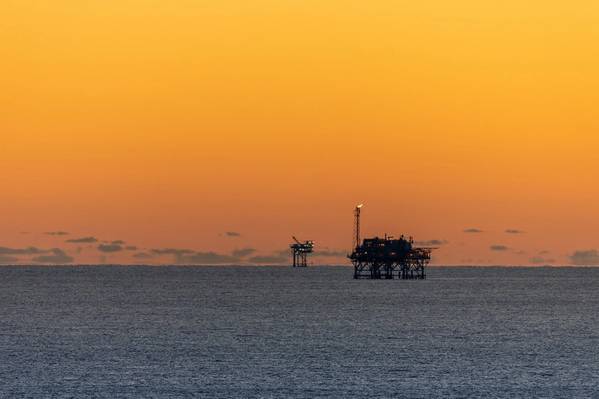
U.S. oil and gas production rebounded sharply in February after extensive disruption the previous month caused by freezing wells and other outages stemming from Winter Storm Heather in the middle of January.
Nationwide crude and condensates output jumped by 0.6 million barrels per day (b/d) in February reversing a decline of 0.7 million b/d in January, according to data from the U.S. Energy Information Administration (EIA).
For 10 days between Jan. 13 and Jan. 23, centred around the winter storm, temperatures across the Lower 48 states were significantly colder than average for the time of year.
The storm had a relatively large impact on the country's top producing area in the Permian Basin in Texas and New Mexico with frozen equipment and crews unable to reach well sites.
But as the storm passed and normal operations were restored, output bounced back, causing a large jump in reported daily flows ("Petroleum supply monthly", EIA, April 30).
Production from the Lower 48 states excluding federal waters in the Gulf of Mexico surged by 0.5 million b/d in February after declining 0.6 million b/d the month before.
Oil stabilization?
There are tentative signs that U.S. oil production is stabilizing after the sharp fall in prices between the middle of 2022 and the middle of 2023.
Lower 48 production was up by almost 0.7 million b/d in February compared with the same month a year earlier but there had been little or no growth in the last six months.
Front-month U.S. crude futures prices have averaged around $73-84 per barrel for the last six months, close to the long-run average since the start of the century, after adjusting for inflation.
Front-month futures prices have retreated from an average of more than $123 in June 2022, in the 82nd percentile for all months since 2000, four months after Russia's invasion of Ukraine.
In a delayed response to lower prices, the number of rigs drilling for oil has averaged 500-510 per month since September 2023 down from an average of 623 in December 2022.
Storm-related distortions will make identifying a change in trend difficult for another month or two, but there are signs the industry has found a new equilibrium after the shock caused by Russia's invasion.
U.S. gas production
Dry gas production rebounded by 2.3 billion cubic feet per day (bcf/d) in February after declining by 3.1 bcf/d in January owing to the storm ("Natural gas monthly", EIA, April 30).
Production in February had increased by 3.7 bcf/d or 3.7% compared with the same month a year earlier, even after adjusting for the extra day of output owing to the leap year.
But there had been essentially no growth in daily output since November, which could signal output is stabilising in gas too after an even more severe fall in prices.
Front-month futures prices have averaged less than $2 per million British thermal units since the start of 2024, the lowest in real terms since the futures contract began trading in 1990.
The number of rigs drilling primarily for gas averaged between 115 and 120 each month between September 2023 and February 2024, down from a post-invasion peak of 162 in September 2022.
So far, gas inventories have remained far above normal because of the exceptionally warm winter in 2023/24, which more than offset the impact of ultra-low prices and record gas consumption by power generators.
Inventories were almost 680 bcf (+39% or +1.46 standard deviations) above the prior 10-year seasonal average in late April 2024, according to weekly gas storage data from the EIA.
The surplus had swelled almost continuously from just 64 bcf (+2% or +0.24 standard deviations) at the start of winter on Oct. 1, narrowing only briefly during the winter storm in January.
In late February, however, several of the largest gas producers announced cuts to drilling programmes and/or output in an effort to reduce excess inventories and lift prices.
The number of rigs drilling for gas declined even further to an average of just 108 in April, the lowest since the pandemic and its aftermath in 2020/21 and before that the last gas glut in 2016.
Fewer rigs and increased consumption by power generators should eventually eliminated excess inventories, but the adjustment would be accelerated if there is a heatwave this summer boosting air conditioning.
(Reuters - John Kemp is a Reuters market analyst. The views expressed are his own. Editing by David Evans)